Introduction
Abalone, a prized marine delicacy renowned for its tender texture and briny sweetness, is a culinary treasure cherished across the globe. From sushi bars in Japan to high-end restaurants in Europe, this mollusk’s unique flavor profile makes it a sought-after ingredient. However, preserving abalone’s quality requires careful handling, as improper storage can lead to texture degradation, flavor loss, and spoilage. Whether you’ve harvested abalone yourself, purchased it fresh, or received it as a gift, understanding the science behind preservation is key to enjoying this luxury seafood at its best. This guide delves into actionable methods for storing fresh, frozen, canned, and dried abalone, along with expert tips to extend its shelf life and maintain its prized characteristics.
Understanding Abalone: A Brief Overview
Abalone belongs to the Haliotidae family, comprising over 100 species of large, edible sea snails. Found in coastal waters worldwide, these mollusks cling to rocks and feed on algae. Their meat, nestled within a iridescent shell, is prized for its chewy yet tender consistency and rich umami taste. Fresh abalone is highly perishable due to its high moisture content and enzyme activity, which accelerate spoilage. Factors like temperature fluctuations, exposure to air, and improper cleaning can shorten its lifespan significantly. To maximize freshness, abalone should be processed and stored within hours of harvest or purchase.
Storing Fresh Abalone: Immediate Care and Refrigeration
When dealing with live abalone, time is of the essence. The clock starts ticking the moment the mollusk is removed from its aquatic habitat. Here’s how to preserve freshness:
-
Cleaning and Preparation:
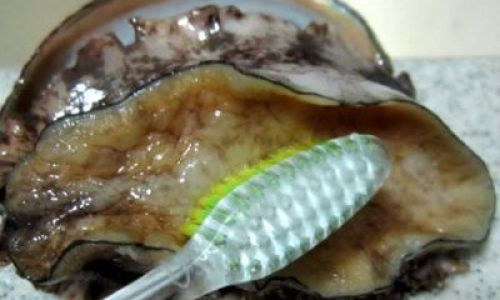
- Rinse the abalone under cold running water to remove sand, debris, and seaweed.
- Gently scrub the shell with a soft brush to eliminate bacteria without damaging the meat.
- Use a blunt knife or abalone shucker to pry the meat from the shell. Detach the visceral organs (including the dark green liver and gills) and discard them, as they spoil quickly.
- Rinse the meat again to eliminate any residual grit.
-
Short-Term Refrigeration:
- Place cleaned abalone in a shallow dish lined with damp paper towels or a reusable silicone mat.
- Cover the dish with plastic wrap, ensuring minimal air exposure.
- Store at 32–36°F (0–2°C), ideally in the coldest part of your refrigerator (usually the back).
- Fresh abalone can last 2–3 days using this method, but check daily for signs of spoilage (e.g., sliminess, off-odor).
-
Ice Slurry Method:
- For extended short-term storage (up to 5 days), submerge cleaned abalone in a mixture of 50% ice and 50% saltwater.
- Change the ice daily to maintain temperature consistency.
- This method mimics the mollusk’s natural habitat, slowing metabolic processes without freezing.
Freezing Abalone: The Gold Standard for Longevity
Freezing is the most effective way to preserve abalone for months, but it requires precision to avoid texture changes. Follow these steps:
-
Blanching Before Freezing:
- Blanching deactivates enzymes that cause toughness and off-flavors.
- Bring a pot of salted water to a rolling boil.
- Submerge abalone meat for 30–60 seconds (depending on size), then immediately transfer to an ice bath.
- Pat dry with paper towels to remove excess moisture.
-
Vacuum Sealing vs. Freezer Bags:
- Vacuum Sealing: Removes air, preventing freezer burn and oxidation. Use heavy-duty bags rated for freezer storage.
- Freezer Bags: Place abalone in airtight bags, press out air, and seal tightly. Label with the date.
-
Flash Freezing Technique:
- Spread blanched abalone in a single layer on a baking sheet.
- Freeze uncovered for 2–3 hours until partially solid.
- Transfer to vacuum-sealed bags or containers. This prevents clumping and ensures even freezing.
-
Optimal Freezer Temperature:
- Maintain your freezer at 0°F (-18°C) or lower.
- Frozen abalone retains quality for 6–12 months, though texture may gradually decline.
Canned Abalone: Shelf-Stable Convenience
Canning offers a non-perishable alternative, though it alters the meat’s texture. Key considerations:
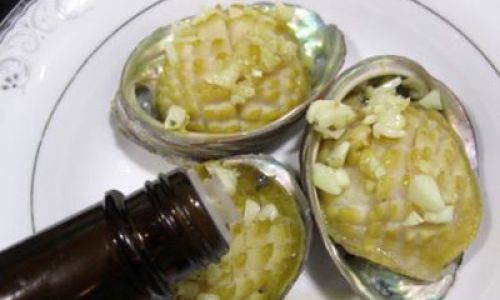
-
Commercial vs. Home Canning:
- Commercial canned abalone undergoes pressure canning, sterilizing the product for 3–5 years unopened.
- Home canning requires a pressure cooker and adherence to USDA guidelines to prevent botulism.
-
Storage Conditions:
- Store unopened cans in a cool, dark place (50–70°F / 10–21°C).
- Once opened, transfer abalone to an airtight container and refrigerate for 3–4 days.
-
Quality Considerations:
- Canned abalone is softer than fresh/frozen varieties, making it ideal for stews or braises.
- Check for bulging cans, which indicate spoilage.
Dried Abalone: Ancient Preservation Techniques
Dried abalone, or “boroya” in Japanese, is a luxury ingredient with a 2+ year shelf life. Preservation steps:
-
Sun-Drying vs. Machine Drying:
- Sun-Drying: Traditional in coastal regions, requiring 7–10 days of direct sunlight. Flip daily to ensure even drying.
- Machine Drying: Uses dehydrators set to 120–140°F (49–60°C) for 12–24 hours.
-
Storage:
- Store dried abalone in airtight jars or vacuum-sealed bags.
- Keep in a cool, dark pantry away from humidity.
- Rehydrate in cold water for 12–24 hours before cooking.
Thawing and Reheating: Dos and Don’ts
Proper thawing prevents texture loss and bacterial growth:
-
Refrigerator Thawing:
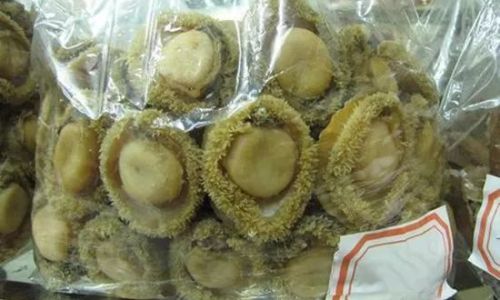
- Transfer frozen abalone to the fridge 24–48 hours before use.
- Keep it in its packaging to prevent condensation.
-
Cold Water Thawing:
- Submerge sealed abalone in cold water, changing the water every 30 minutes.
- Use within 4 hours.
-
Avoid Room Temperature Thawing:
Thawing on the counter invites bacterial proliferation.
-
Reheating Tips:
- Simmer gently in broth or sauces to retain moisture.
- Avoid high heat, which toughens the meat.
Common Mistakes to Avoid
-
Skipping Blanching Before Freezing:
Un-blanched abalone becomes rubbery and develops off-flavors.
-
Overcrowding the Freezer:

Poor airflow causes uneven freezing and ice crystals.
-
Refreezing Thawed Abalone:
Each thaw-refreeze cycle degrades texture and safety.
-
Ignoring Spoilage Signs:
Discard abalone with a sour smell, slimy texture, or discoloration.
Shelf Life at a Glance
| Method | Storage Conditions | Shelf Life |
|————–|————————-|——————|
| Fresh | Refrigerated (32–36°F) | 2–3 days |
| Frozen | 0°F (-18°C) or lower | 6–12 months |
| Canned | Unopened, cool/dark | 3–5 years |
| Dried | Cool, dry pantry | 2+ years |
Conclusion
Preserving abalone is both an art and a science, requiring adherence to temperature controls, hygiene, and proper packaging. Whether you opt for freezing, canning, or drying, each method offers unique advantages tailored to your culinary needs. By mastering these techniques, you can savor the ocean’s bounty long after the initial harvest, transforming simple meals into gourmet experiences. Remember: the key to preserving abalone’s magic lies in treating it with the respect it deserves—a delicate balance of timing, technique, and temperature.
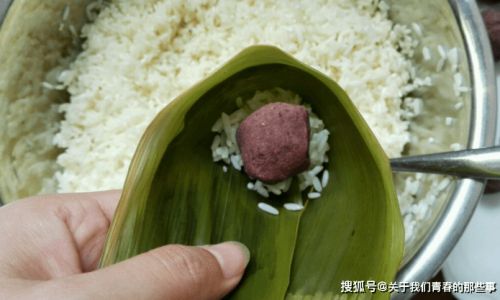

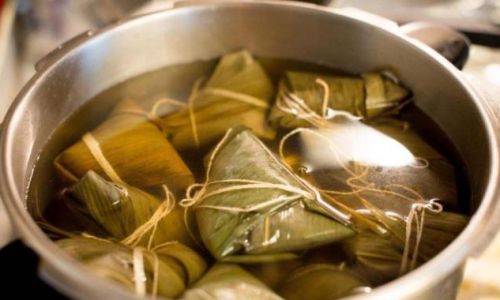



0 comments